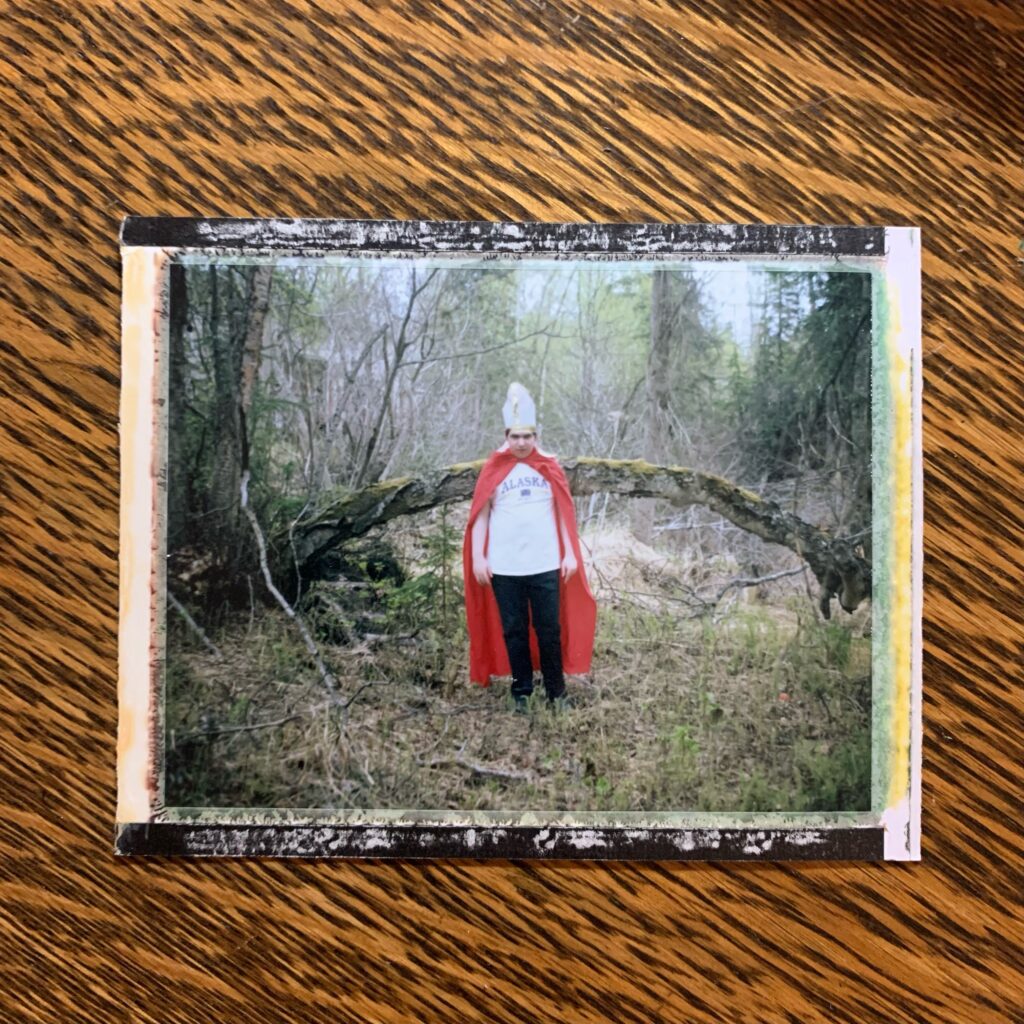In this behind-the-scenes video, Estée shares insights into how her and Gus make their videos.
Category: Uncategorized
Album Announcement: The Hornbook, out January 31st 2025 via Secret City Records!
”We are thrilled to announce The Hornbook, our third record, out on January 31st 2025 through Secret City Records! When I set out to write a record, I never have a concept in mind but now that I’ve done it 3 times, it seems like every time a concept arises. And this time, after I was 4 or 5 songs in I started to realize that they were all short stories. And I started to imagine the whole thing as if it was a children’s book: The Hornbook. It just so happens that a hornbook is an educational tool shaped a bit like a ping pong paddle that was commonly used in medieval times to teach children and also used as a weapon that the children employed in battle, breaking it over each other’s heads I imagine, which eventually led it its discontinuation. On these hornbooks was the alphabet with a short bible verse on the bottom.
We were extremely fortunate to work with two of our heroes, Montreal indie rock royalty Mark Lawson who engineered and co-produced and the legendary Paul Leary from the Butthole Surfers who mixed the album. Working with Mark and Paul was a real pleasure and a dream come true! We’re not worthy!! Thank you Magali Ould for making it happen!
Also a huge thank you to Estée Preda (drums, co-produced, co-arranged, patience while listening to me play the songs a million times as I wrote them), Harris Newman (mastering), Sam Woywitka (engineering), Josh Toal (bass and organ), Frisco Lee (piano), Will Poulin at Studio Sud Ouest, Jamie Thompson for the soundscapes, Angela Dalinger (album artwork) and Logy B. And most importantly thanks for all the support, Horn Heads!! It really keeps me going!” -Gus
Pre-order the album HERE!
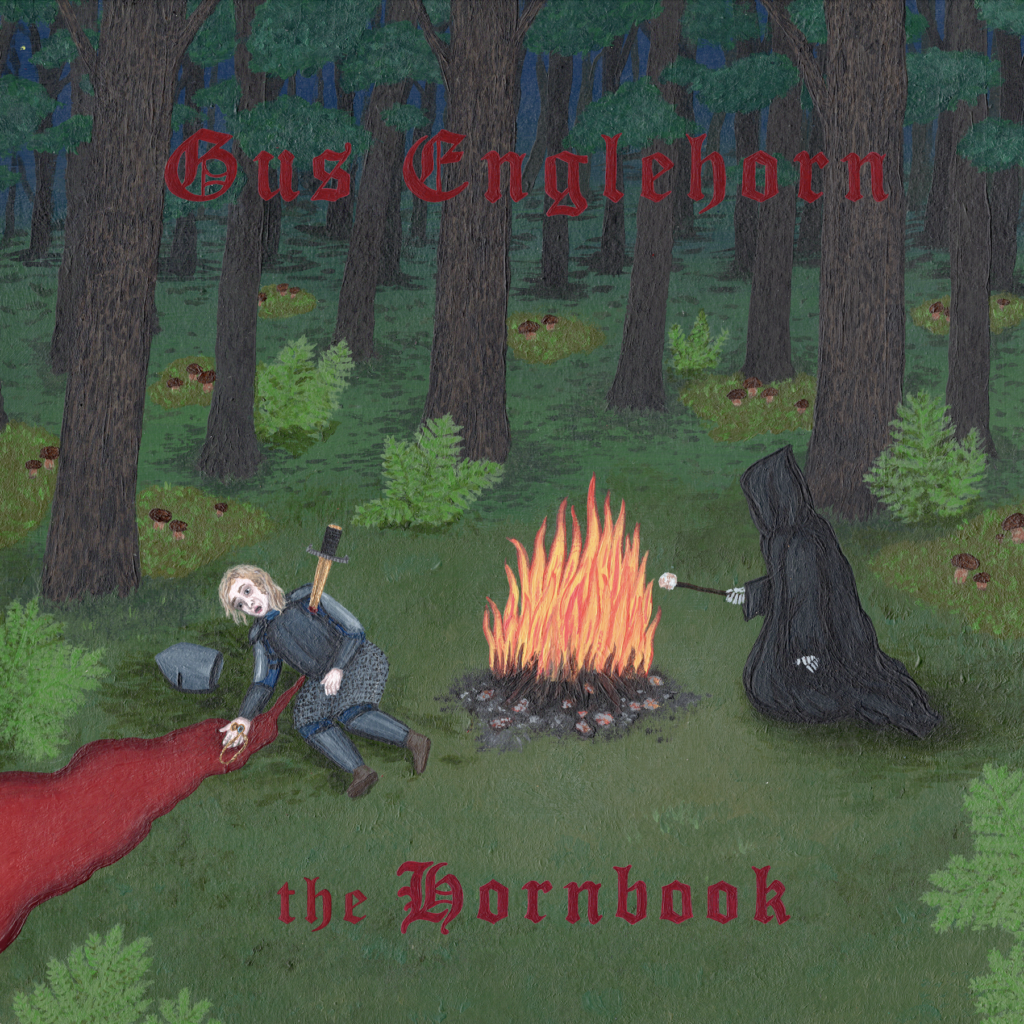
New single ”Thyme” out now!
”Thyme, our newest single, is out! This song is about someone who travels back in time to Scarborough fair. A song about yearning for the past. I’ve always dreamed of living in medieval times and Scarborough Fair is #1 on my list of places I would time travel to given the opportunity. This is the first time I’ve worked someone else’s poetry into my songwriting. The feeling of collaborating with an unknown poet who lived 400 hundred years ago was a wonderful and mystical experience.” -Gus
Behold the new album artwork!
We are very pleased to present to you the album artwork painted by German artist Angela Dalinger. In Gus’ words: ”We’ve been long time fans of Angela Dalinger’s work that includes scenes like a crowd of people exploding out of a volcano and people transforming poop to gold with the power of their imaginations. Also, a beautiful scene of a woman laying in a pond, reminiscent of ‘Ophelia’ by British artist Sir John Everett Millais, looked exactly how I imagined one of the stories on the album in my head. So that sealed the deal for me.”
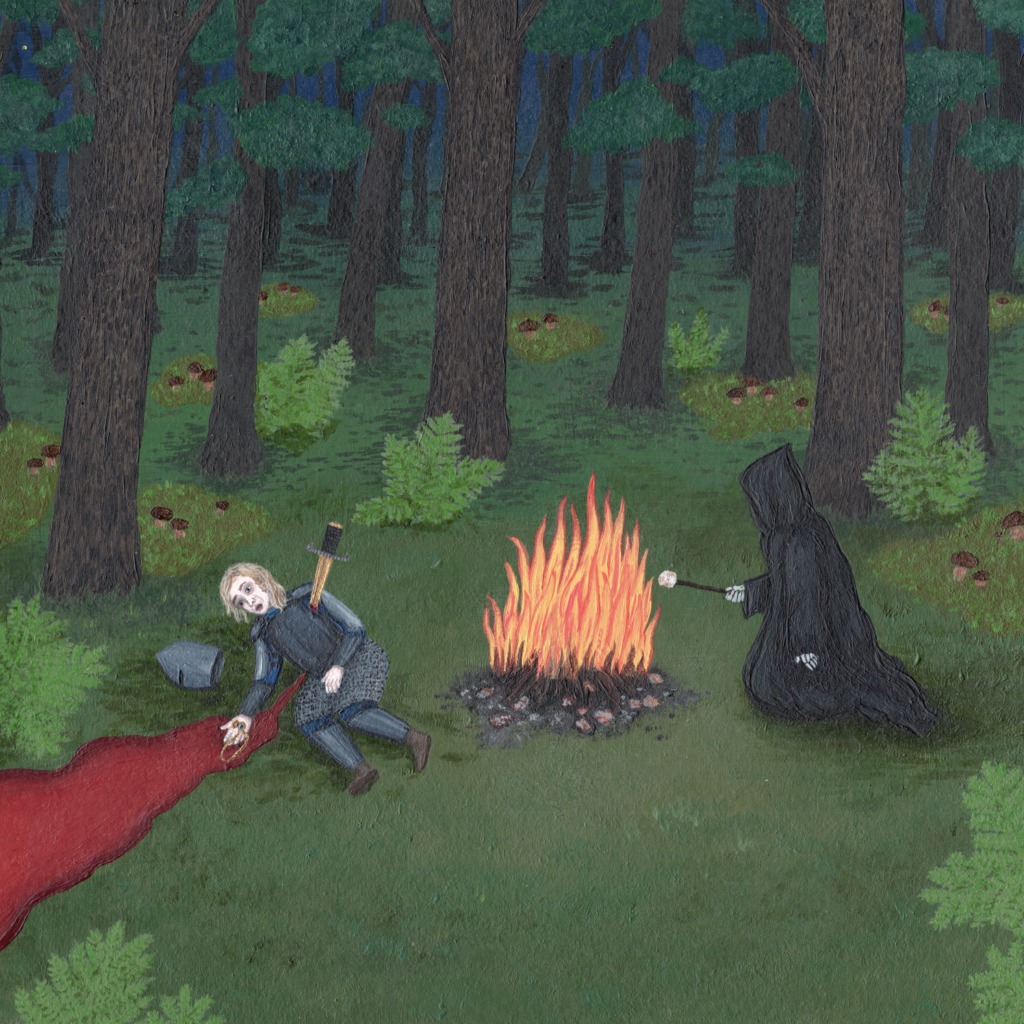
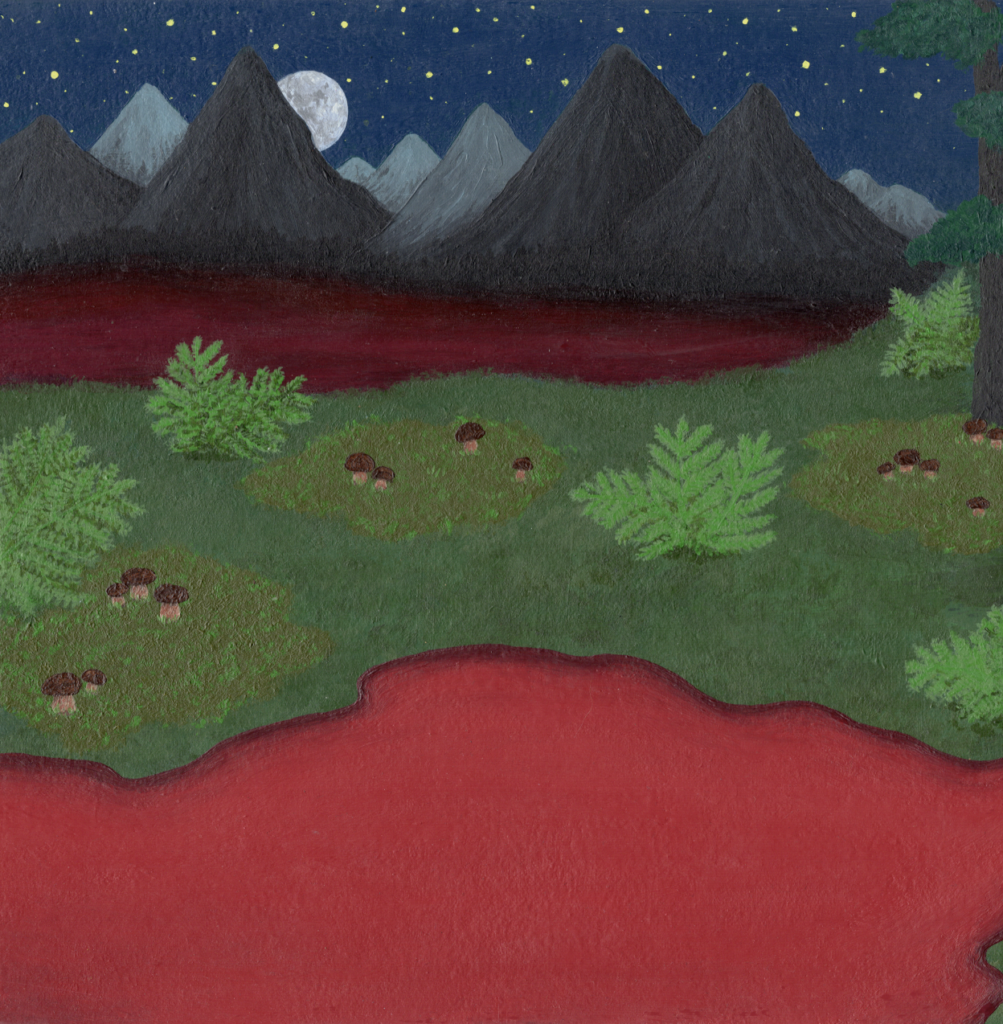
New video/song coming soon!
Gus and Estée are getting ready to release new stuff. Stay tuned!







Show Alert: June 14 at Turn! Turn! Turn! Portland, OR
Good news, Portlanders! Gus will be playing with Love Hiss and Pohn Haul Jarrison at Turn! Turn! Turn! on June 14th. Love Hiss is the songwriting vehicle for Richard Marshall, formerly of legendary Alternative Tentacles freak-rock band Alice Donut. If you’re in the area, you don’t want to miss this! More here.

Behind-the-scenes
Here are a couple of photos of Gus and Estée working on props for their next music video: ”Photos taken during the props production phase of our next video project. About a month of props making for about a minute of glory.” -Estée

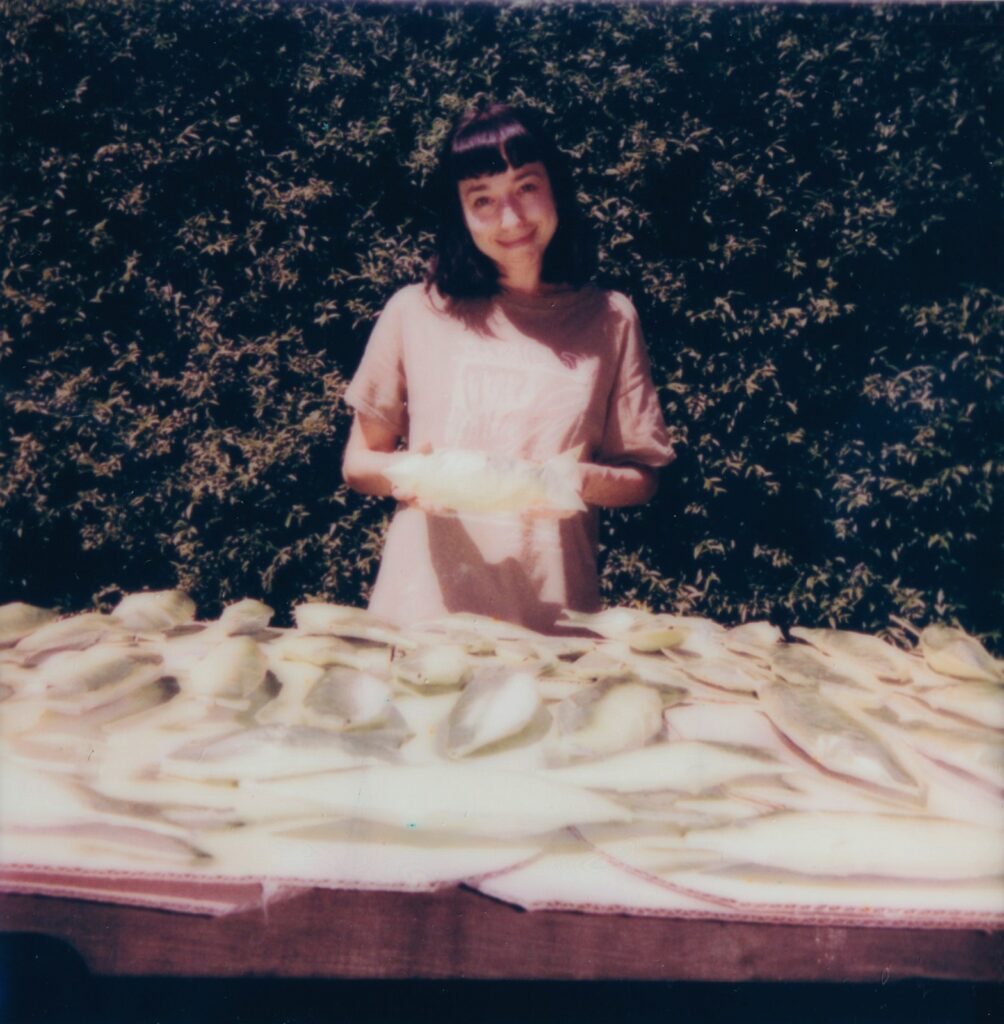
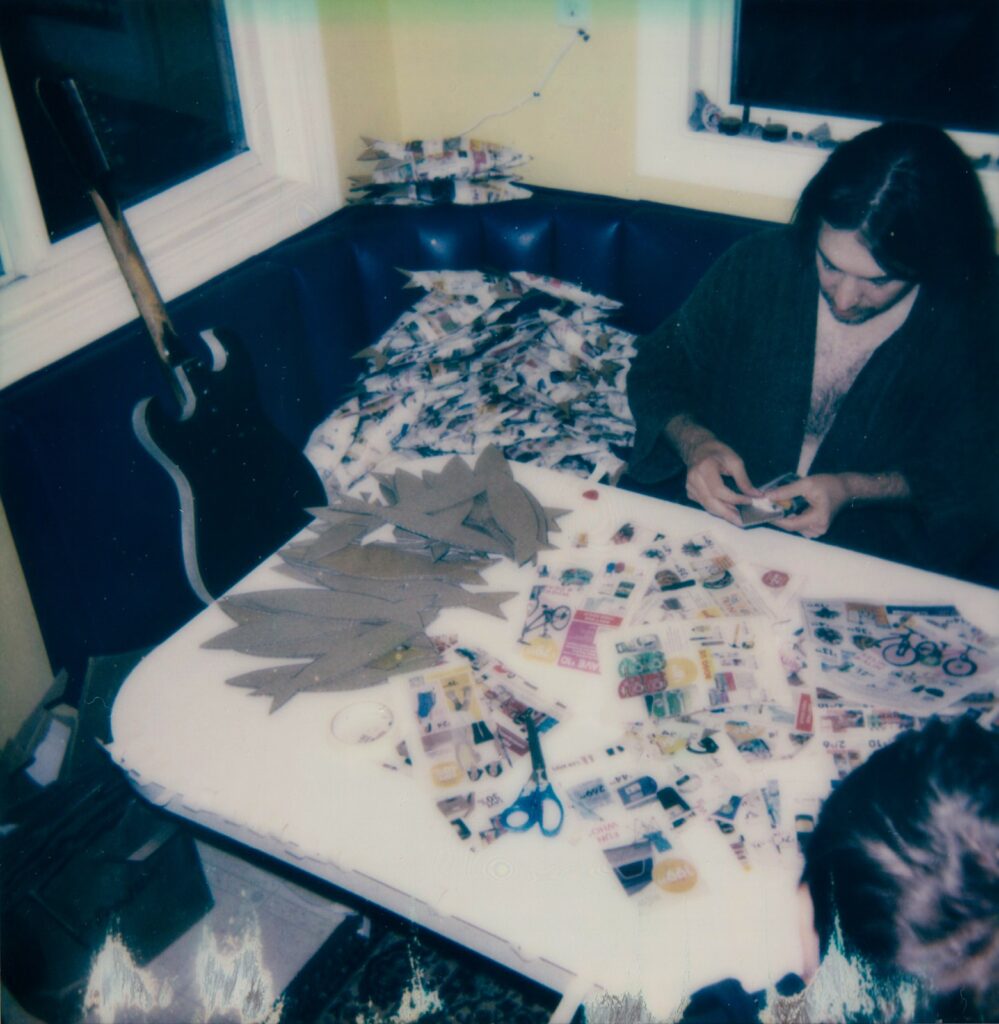
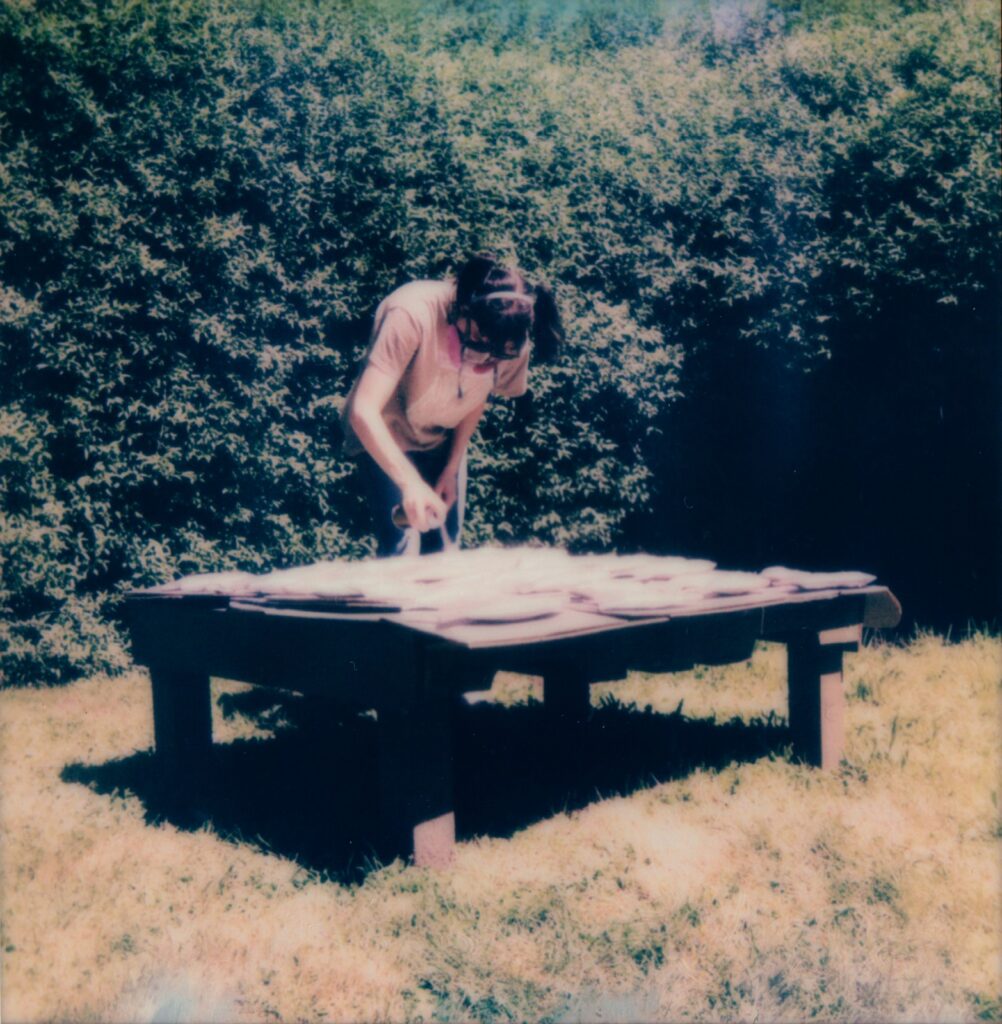
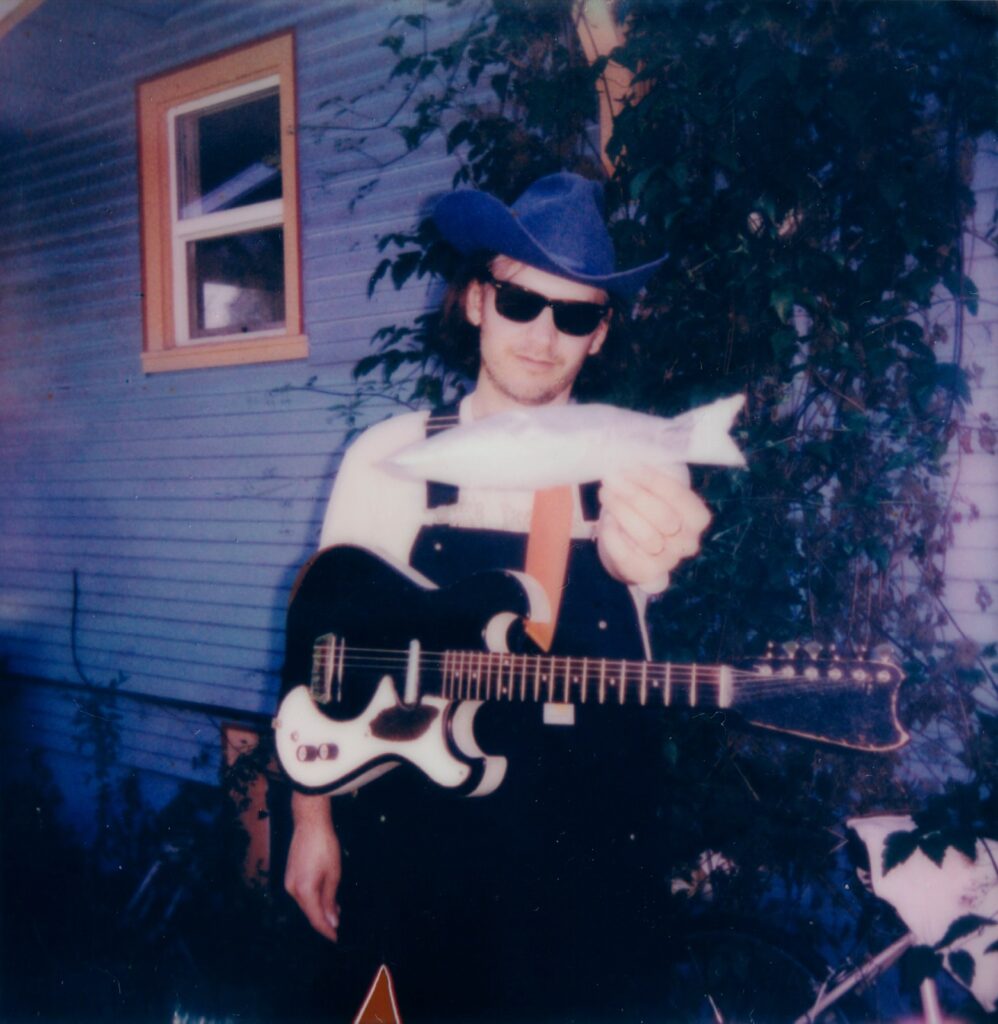
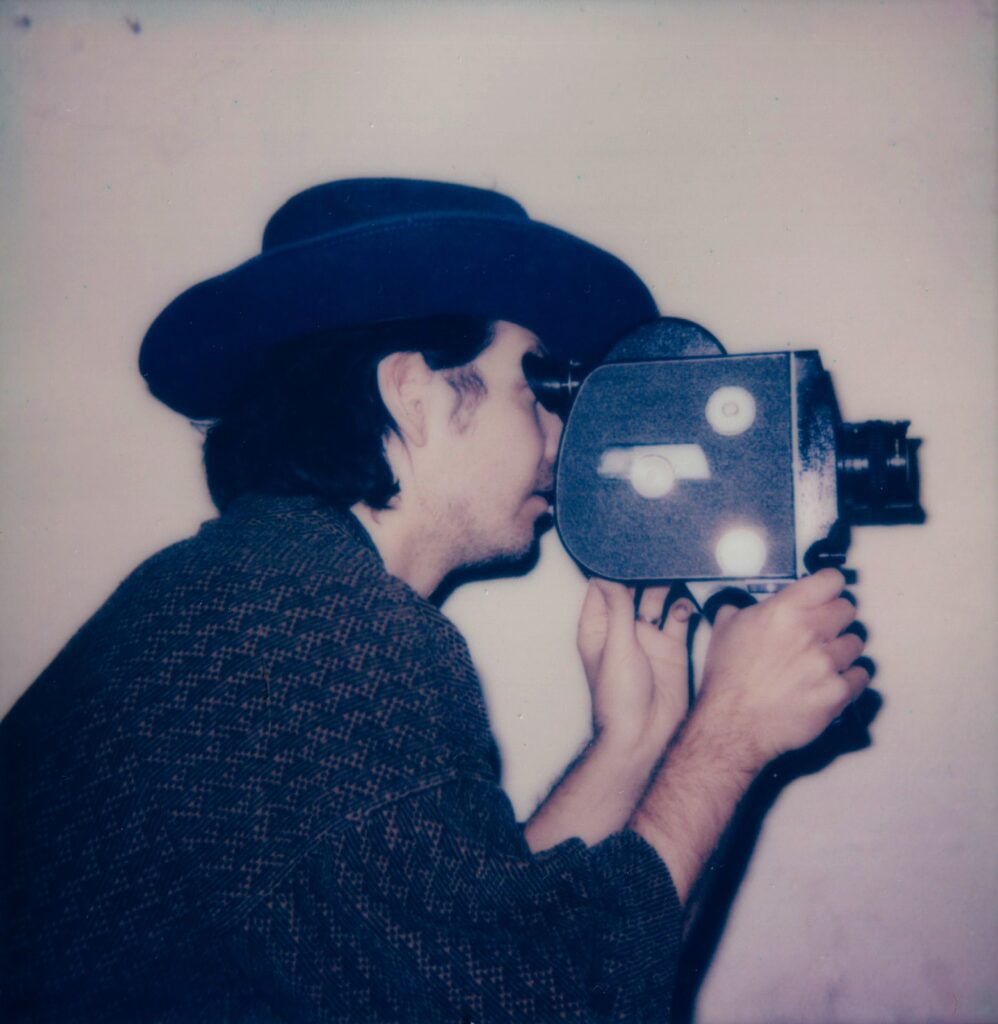
How To Write A Song With Gus Englehorn – Part 2
In this episode, Gus learns a lesson about creation from an ancient cathedral.
Run Rabbit Run Acoustic
“Son of a gun, we’ll have big fun on the bayou!” Here’s a swampy performance of Run Rabbit Run on a twelve string guitar on the bayou of Portland, OR.
Dungeon Master turns 2!
Dungeon Master turns 2 today! Here’s the original photograph Estée took of Gus’ little brother Max in Alaska that ended up being the album cover. Take a walk down memory lane and revisit all the music videos and tour documentaries Gus and Estée made. Happy birthday, Dungeon Master!
